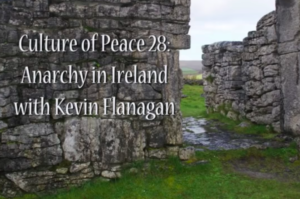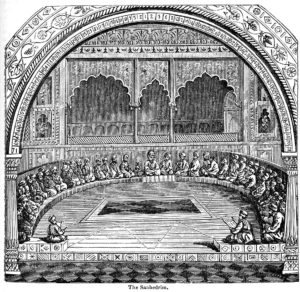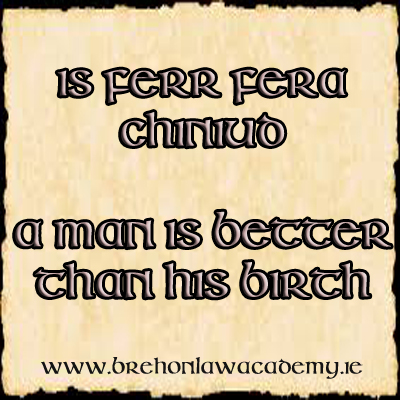It is a little known fact that the history of copyright law begins with the Brehon Laws of Ancient Ireland over 1000 years before it appeared in English legislation. Who would have guessed that it ended in a bitter and brutal dispute over royalties.
Background
The dispute arose in 563 A.D. between two of the top players in the monastic schools of Ireland: Saint Colmcille and Saint Finian, each claiming to be the original author of a manuscript called ‘St Jerome’s Psalter‘.
Saint Colmcille (aka. St. Columba)
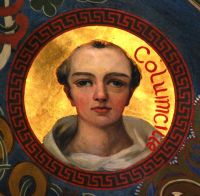
Born in Gartan, County Donegal, St. Colmcille was a descendant of the Uí Néill (O’Neill) Clan. He was the son of Princess Eithne and his Grandfather has the honour of being the man who originally brought the slave boy who would later be known as Saint Patrick and gave him his name. Founding several monastic settlements during his lifetime, Colmcille left a lasting mark on the island of Ireland. His first foundation was in Derry and his last; as will be revealed below, was on Iona island.
Saint Finian (of Clonard)
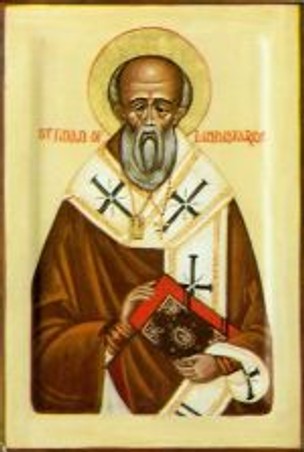
A contemporary of Colmcille, Saint Finian was born in County Carlow to an Irish noble family. Known as ‘The Master of The Saints of Ireland’ he was in fact a tutor of Colmcille’s and many other famous Saints of the time. He was very well educated himself and spent some of his years of learning in Wales.
Judgement
The famous judgement was given, as they all were, in poetic prose:
‘To every cow its calf, to every manuscript a creator, compensation to be paid to the original maker.’ (Adapted by this author to add rhyme)
While being wise, just and poetic it was not enough to avert a battle between the two factions. Enraged at having been found guilty a group of Colmcille’s supporters rose up in battle against those who supported Finian. Ultimately Colmcille fled from Ireland and lived out the rest of his days, writing more manuscripts, on Iona Island. Some say this is because he could not live with the guilt of having been found guilty while others say it was because he felt shame for all the bloodshed, either way the first copyright law case didn’t end well for those involved, especially Colmcille.
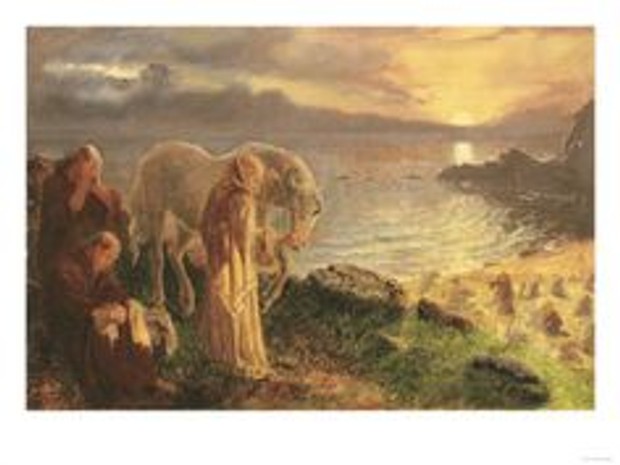
What this judgement points to is a principle. A principle that could be naturally recognised in the world around the people of the day. That a cow gives birth to a calf, a new creation, and that calf is inextricably and naturally linked to its mother, which they deduced applied similarly to someone who created a new body of original work. This is the essence of natural law. Copyright law has been around for more than a millennium and a half and is probably the most well known type of law on the planet.
Copyright Protection
Copyright protection was not officially formalised in English law until the Statute of Anne in 1710. Prior to this the Stationers Office; a guild of exclusive printers held the printing monopoly and the power to censor works. At this time the copyright vested with the publishers (i.e. the guild of printers) and not the actual authors. Public opinion eventually swayed and the subsequent codification allowed for a copyright period of fourteen years, copyrights were vested with the actual authors, and it laid the legal framework complete with sanctions for offenders and protections for creators that we are familiar with today.
The Statute of Anne is considered to be a “watershed event in Anglo-American copyright history … transforming what had been the publishers’ private law copyright into a public law grant” [Patterson, L. Ray; Joyce, Craig (2003). “Copyright in 1791: An Essay Concerning the Founders’ View of Copyright Power Granted to Congress in Article 1. Section 8, Clause 8 of the U.S. Constitution”. Emory Law Journal].
As instrumental as this legislation may have been in the History of Copyright Law, we should remember that the jurisprudence and guiding principles of this highly important area were first established in Ireland about 1200 years earlier!

